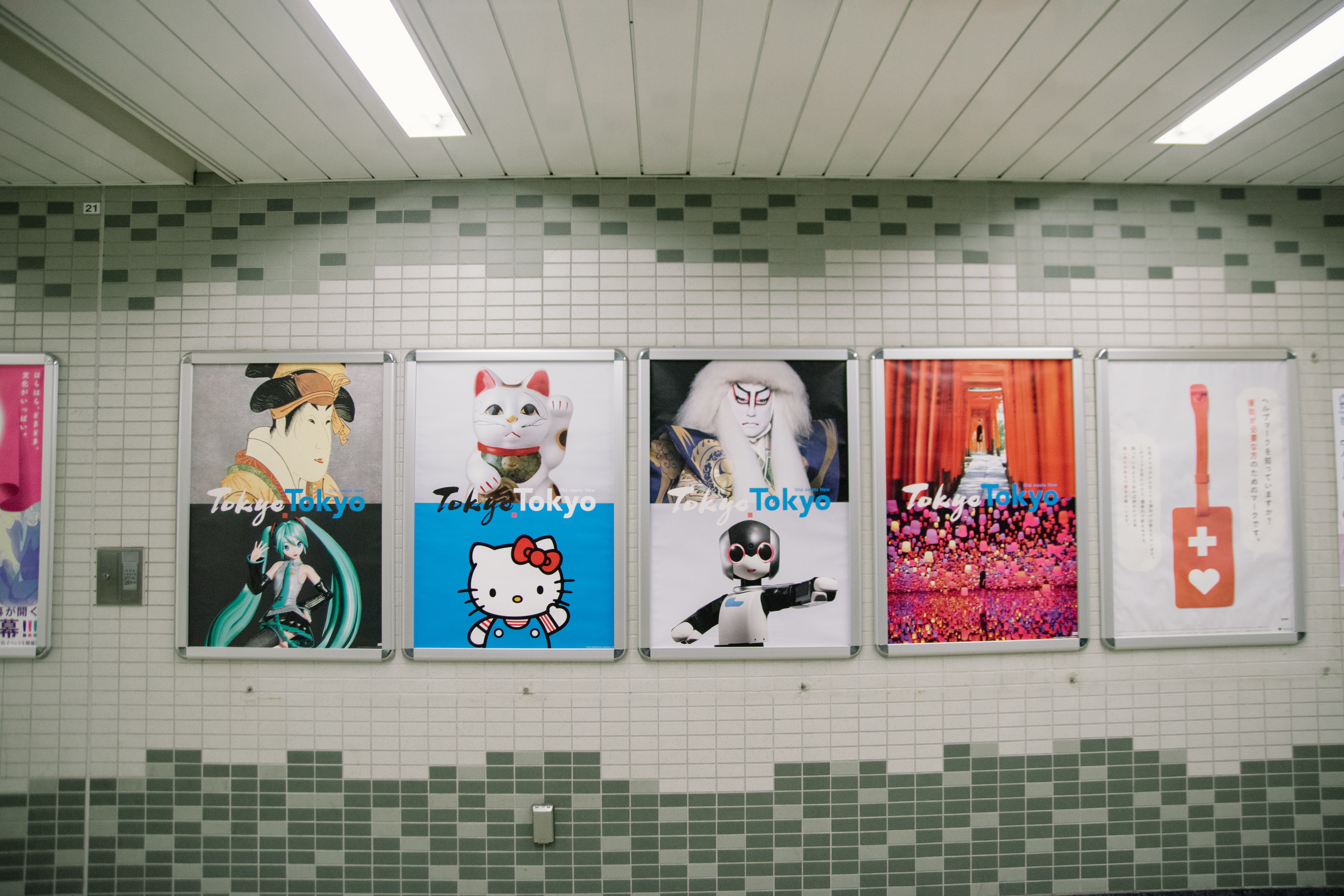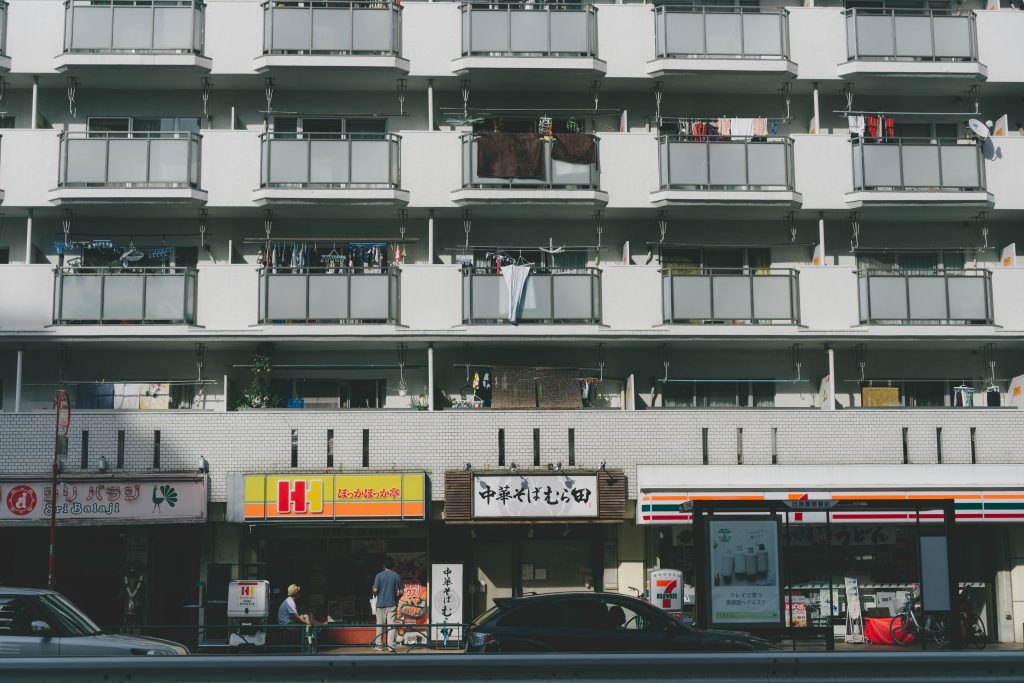
16 Sep Cost of Living in Tokyo
Last Modified on May 16th, 2022 at 10:24 pm
Category: Housing, Living, Renting in Japan
There is no doubt that Tokyo is a marvel of Japan, a technological gem of the world and a mesmerizing city full of colorful lights. However, it is an extremely expensive place, both for foreigners and the locals.
According to a survey conducted by Mercer Consultants, one of the largest firms of its kind in the world, Tokyo ranks second on the list of the costliest cities to live, just behind Hong Kong. It is estimated that in July 2019 alone, 3 million tourists were visiting the country from all over the world and a majority of these chose Tokyo as the destination of their choice.
A Glimpse on the Common Expenses
Whether you are on a visit visa for a few months or on a long-term sponsored visa, chances are that you are going to live your life just like you did back in your home country. Exceptions can certainly be made in the case that you have already planned a stringent budget for yourself. But even then, it’s always good to have an approximate idea of what it’s like to live in one of the world’s most populous metropolis.
Before getting into that, let’s understand that Tokyo is not exactly a city by itself. Sure, it’s called the capital of Japan but it will be more accurate to call it a state/prefecture which is divided into several wards (or districts). Each of these has its own lifestyles with the costs of living specifically unique to them. Nevertheless, the wards of Tokyo are at the top of the costliest areas list when compared with the rest of the country.
The Basics
Rental Costs
The list below contains information related to merely the rental expenses in different wards of Tokyo. The mentioned costs are for a single room that accommodates a single individual. The average single room size in Japan is 20-40 square meters.
To understand them better, keep the latest currency exchange rate in mind (1 $USD = ¥108).
Most expensive districts ($USD 900-1200)
- Minato: 130,700yen
- Chiyoda: 123,300yen
- Chuo: 113,000yen
- Shibuya: 112,200yen
- Meguro: 102,300yen
- Shinjuku: 100,700yen
Most cost-effective districts ($USD 600-700)
- Suginami: 76,200yen
- Itabashi: 72,200yen
- Nerima: 70,700yen
- Edogawa: 66,700yen
- Adachi: 65,100yen
- Katsushika: 64,700yen

Food Expenses
While these are entirely dependent on how often you eat out, the average monthly cost of eating in Tokyo is around ¥30,000. That is if you maintain a good balance between going to medium-cost restaurants and cooking at home.
These costs can be reduced by ¥10,000 if all the meals are cooked at home and restaurants are an absolute rarity. On the other hand, if it’s the complete opposite case with no knowledge of cooking and no one to do it for you, it can be very common to spend around ¥40,000 per month, just for eating 3 meals a day.
General Costs
The expenses mentioned in this section refer to all the other common things in our life which we use on a daily basis. All the mentioned costs are monthly.
Internet (mobile packages) – ¥8,000 – ¥10,000
Utility Bills (gas, water, electricity) – ¥8,000 – ¥10,000
Personal Care (clothes, beauty accessories) – ¥5,000 – ¥10,000 for men, ¥20,000 for women
Transportation (commuter pass) – ¥4,000
The Key to Budget Living
The expenses mentioned so far account to a minimum of $USD 2,000 per month for a single person. It sure makes one wonder whether it is even possible for a not-so-wealthy individual to live comfortably in Tokyo. Long answer short, it is definitely possible but it requires lots of planning and a bit of sacrifice.
Learn Some Cooking
One of the most staggering expenses in this list is probably that of food. While the ability to save $USD 100 per month may not seem like a big deal, just by learning to cook the basic three meals of the day, it can definitely add up with other savings to make a powerful impact on your budget. For some, the saved money can be used for things that one wasn’t able to do so at the start of the month. For others, it can just be a step towards getting to a financial goal of theirs. Either way, it is highly recommended to be able to cook at least breakfast and lunch for yourself. By the time dinner comes, one may be so tired and exhausted from the day that they just want someone to serve food to them. That is understandable. But obviously, if that can be saved as well, life can become much more relaxed, financially.

Live Away From Central Tokyo
The rental expenses list we have added in this article consisted of two categories: the most expensive and least expensive. These areas have the costs that they have because of specific reasons. The costliest wards are mostly related either in central Tokyo or slightly away from it.
The benefits of them are simply that they are close to public transportation, shopping centers, entertainment hubs, and major companies. In fact, if you are on an employer-sponsored visa, the organization you work for is likely to be located in the business district. The business district is just the fancy name of the commercial areas of Tokyo. Some of them are more densely populated with international organizations, offices, and companies while others, the less expensive ones, are not as crowded with buildings.
The point is, if you can live in the suburban areas and commute to the central Tokyo or wherever your company is located, you are likely to save much more money than living in an expensive area. The rental costs are far more overwhelming than transportation ones, so a planned decision with weighed out benefits would definitely prove to be a wiser choice here.
Bring Important Things From Your Home Country
In all the excitement and vigor, people often forget the small expenses that ultimately accumulate and lead to an amount beyond imagination.
Take for example, personal care items. It can be anything, from shower towels, to bunch of toothbrushes, toothpastes, skin care products, clothes, etc. These are the most neglected things when it comes to packing for a trip. Buy as much of these as possible before leaving your country. You do not want to end up in Tokyo looking for a toothbrush on the first or second day. It must be remembered that Japan is dominated by Japanese speakers and there does exist a genuine language barrier.
The second thing, which cannot be highlighted enough, is clothes. Japan is one of those countries which enjoys all the 4 seasons in a year. Therefore, you need to have the right dresses, in a large amount, before you enter Tokyo. If you know how to land a discount in your country, go ahead and utilize it to the maximum extent. Pack yourself bags of new clothes so that you don’t need to spend anything extra on them in Japan. In fact, it is also a good idea to learn some sewing skills, in case you are one of those who render a shirt to be unusable if a button pulls out.

Do The Planning
Imagine landing in a new country with no idea of where to go or live. Perhaps you have booked a hotel for the first month but afterward, you are clueless. This is the worst you could do!
Just like the states in the U.S.A. with different neighborhoods, Tokyo has the exact same system but it is even more important to know what life is like in each of them. From districts that are dominated by foreigners and English-speaking locals to areas that are as expensive as the Midtown Manhattan, prices reaching the skies. Then there are places with shortcuts and easy passage towards central Tokyo and others which have to take the long routes to get to the chosen destinations.
Make sure to know what you are coming for, what can you sacrifice e.g. comfort of living closer but spending more money or difficulty of living far but spending less money? Besides, if you are from a specific culture or religion with rulings on food or lifestyle, it can be an excellent idea to research about the different restaurants in the town which you are planning to live in and facilities such as mosques, churches, temples or anything else which is sacred to you.
Tokyo may be one of the most expensive cities in the world but with the right strategy, it can be as cheap as your local town in your home country.